Element of surprise: a canny design approach at Alila Hotels and Resorts
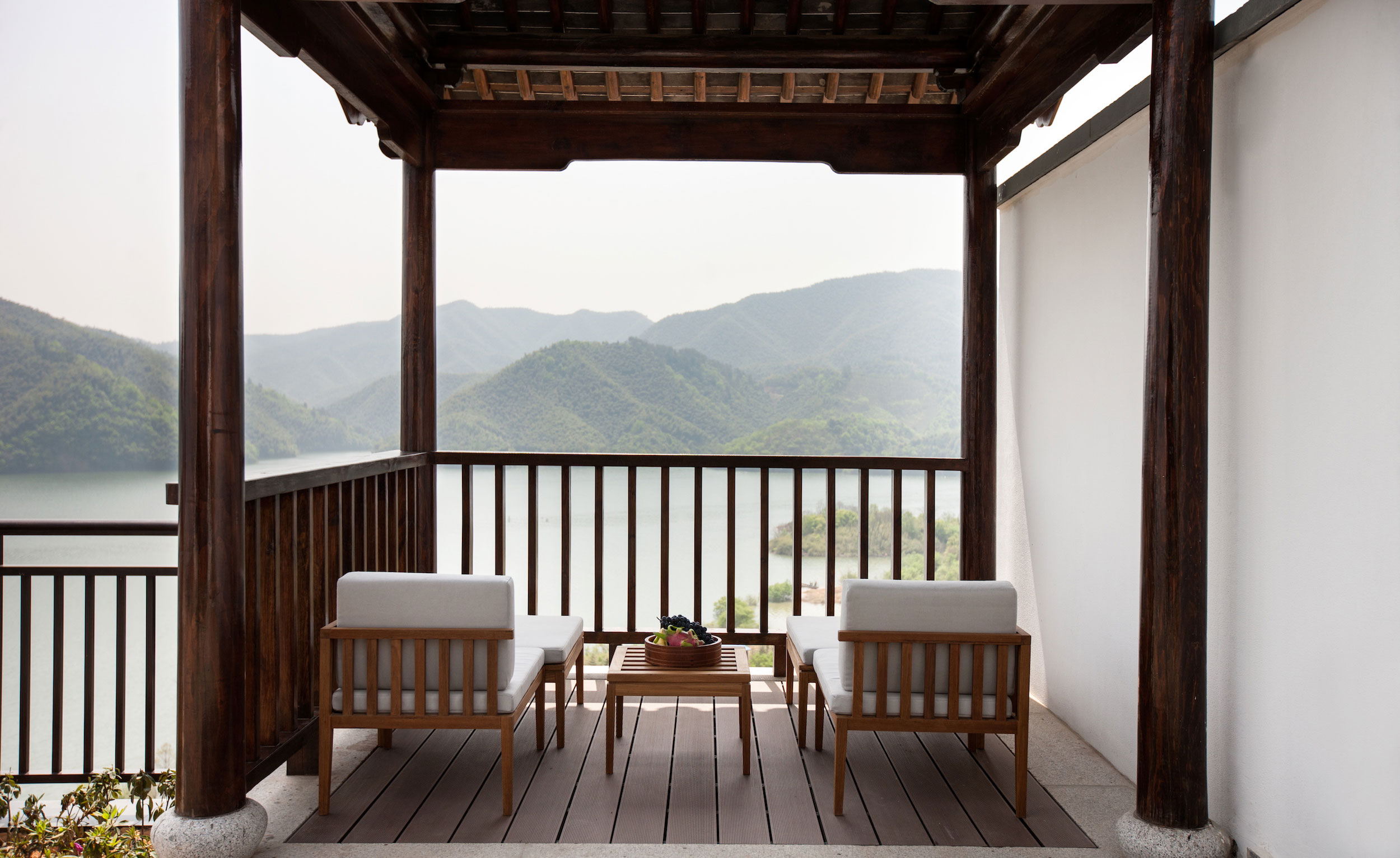
When Mark Edelson, Frederic Simon and Franky Tjahyadikarta and their partners launched Alila resorts back in 2001, they couldn’t have guessed that 17 years later, the brand would become known not just for its quiet parsing of restrained luxury, but also a byword for responsible, sustainable tourism. But then again, when the name of your brand is Sanskrit for ‘surprise’, the unexpected becomes par for the course.
Most of Alila’s resorts are based in Asia – beginning with the originals in Indonesia and sweeping up sprawling bucolic estates in China – though, in recent years, it has gained footholds in the Middle East and America. But regardless of the destination, each resort features an absorbing mix of contemporary architecture accented with local flourishes, history, dramatic landscapes, and culture. It is a DNA that has served Alila well. Customisation to local nuances means that it avoids the monotonously repetitive and unadventurous design that can bedevil small boutique properties.
At Alila Solo, for instance, rooms are softly accented by light timber and dreamy murals inspired by wayang (traditional Indonesian puppet operas), whilst commanding views of the imposing silhouettes of volcanoes that ring around the city. The pavilions and villas of Alila Villas Koh Russey, meanwhile, which will debut in Cambodia’s Koh Rong archipelago this year, infuse the contemporary mood-board with distinctive Khmer patterns and geometry. And at Alila Yangshuo, a refurbished sugar mill set against the craggy Guilin hills blends local stone and bamboo to evoke the sense of exploring a karst cave, the whole never in danger of descending into a literal trope or, worse, kitsch.
This tricky balancing act owes much to the efforts of a crack corps of experienced architects, artisans and designers that Alila has assembled over the years. Richard Hassell, the co-principal of the Singapore-based architectural practice WOHA which was behind the modernist classicism of Alila Uluwatu in Bali, also credits Alila’s success and longevity to a canny marrying of sensitive design and sustainability. ‘They are the key cornerstones of the brand,’ he says, adding that the group’s ‘top management really understand the power of good design to create enormous value for their properties.’
The ideal of sustainability is particularly crucial to the Alila story, not the least of which is its commitment to EarthCheck certification, minimising carbon dioxide emissions, on-site nurseries, and low-density structures. And while these measures are not necessarily obvious as guests lounge indolently by the lap-pool and survey the panorama, so seamlessly have they been incorporated into the resort’s hidden infrastructure, they do add a certain frisson of feel-good inevitability to the experience.
All of which adds up to a canny design approach that will serve Alila well. As Hassell adds, good design can ‘supercharge a beautiful site into something sublime. Alila understands this and it’s why we continue to work with them.’
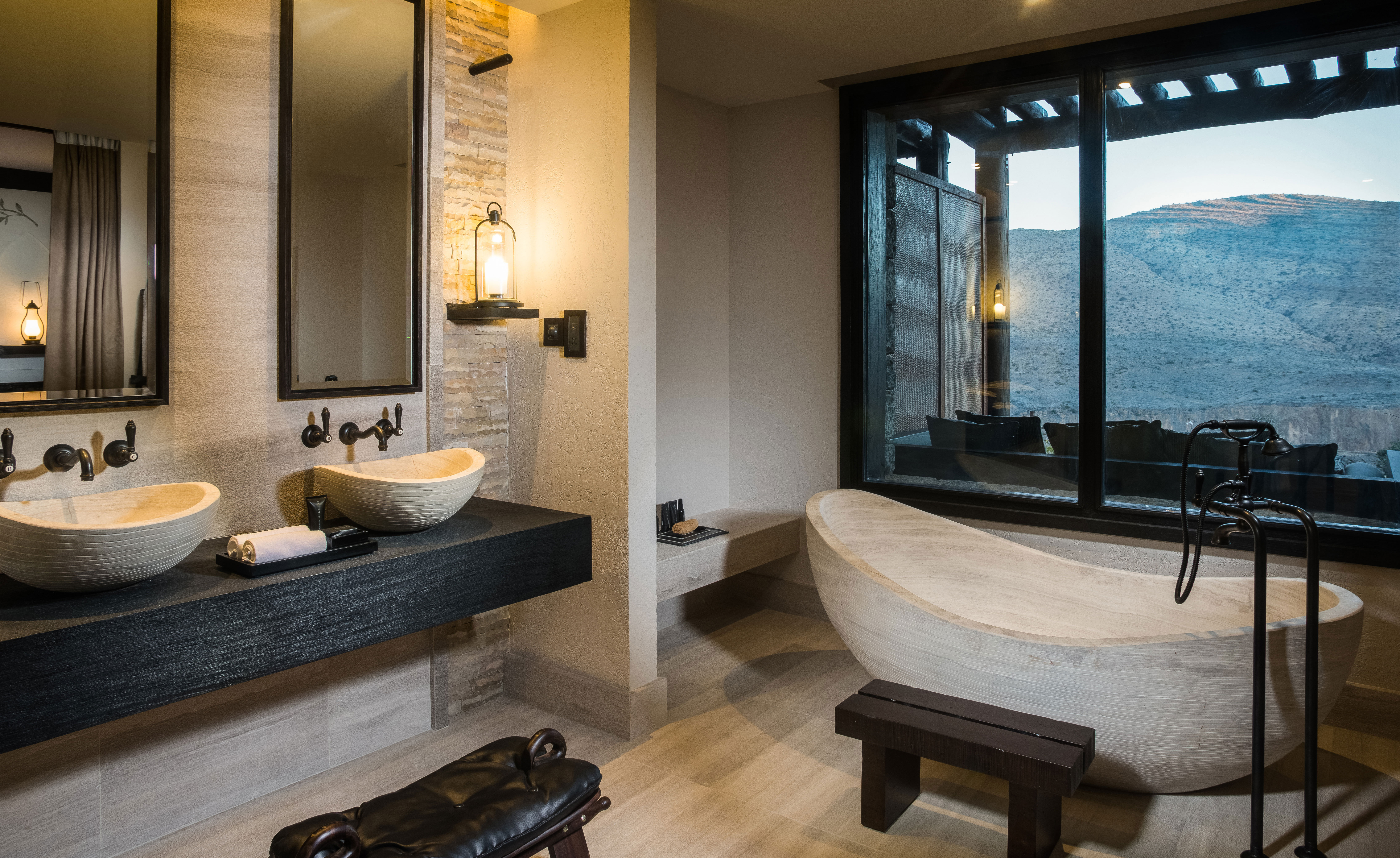
Most of Alila’s resorts are based in Asia, though it has gained footholds in the Middle East and America (pictured: Alila Jabal Akhdar)
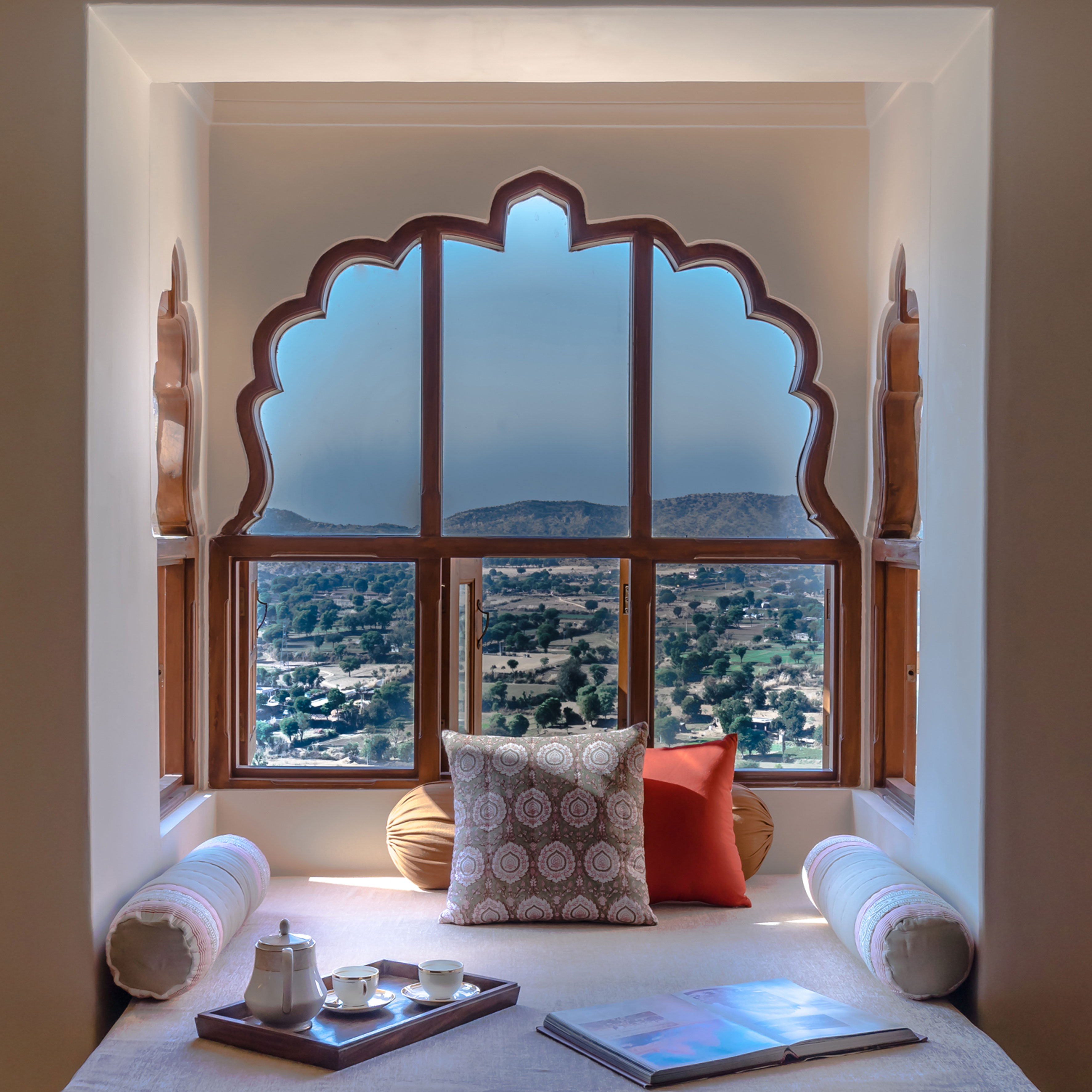
But regardless of the destination, each resort features an absorbing mix of contemporary architecture accented with local flourishes, history, dramatic landscapes, and culture (pictured: Alila Fort Bishangarh)
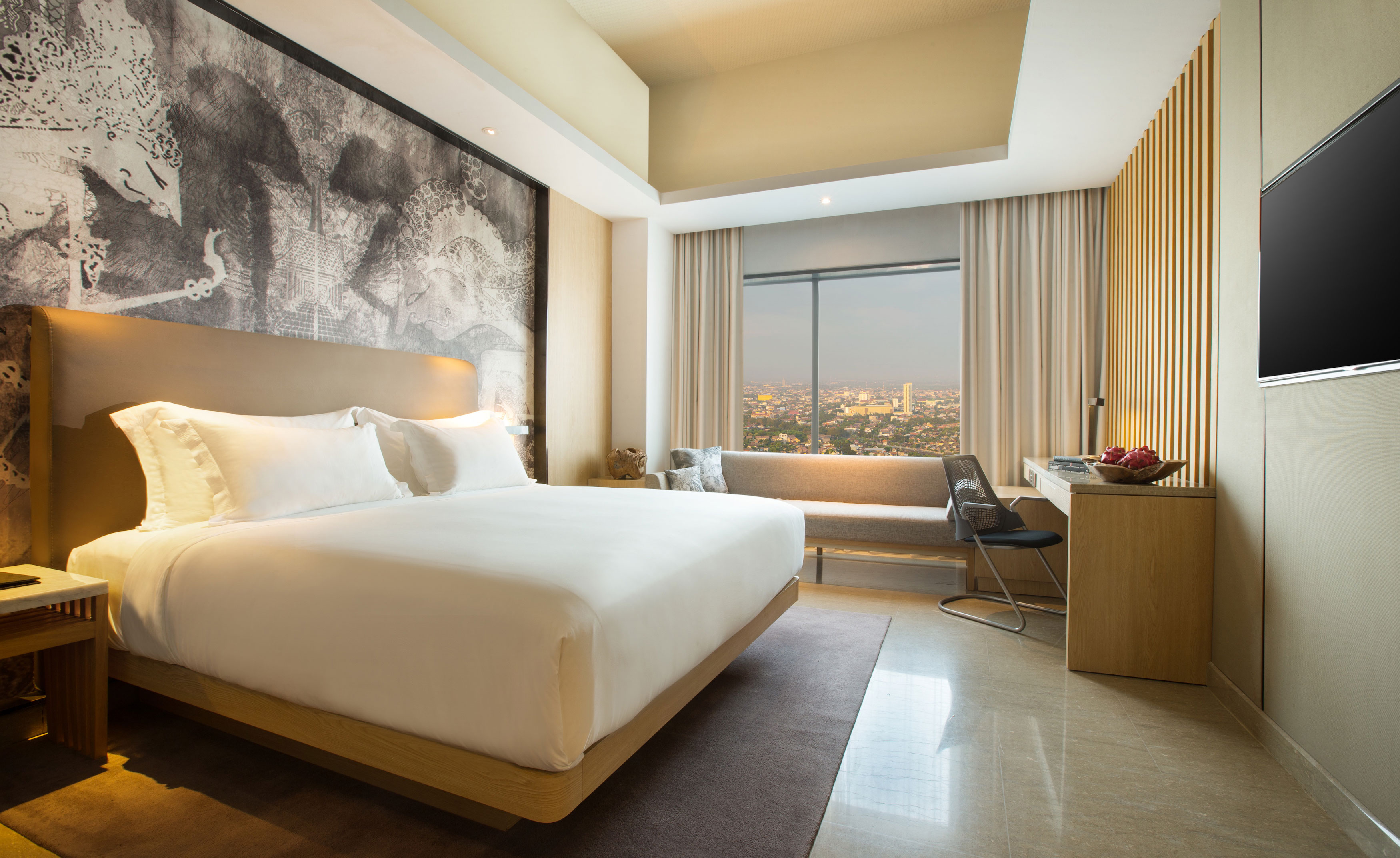
At Alila Solo, for instance, rooms are softly accented by light timber and dreamy murals inspired by wayang (traditional Indonesian puppet operas)
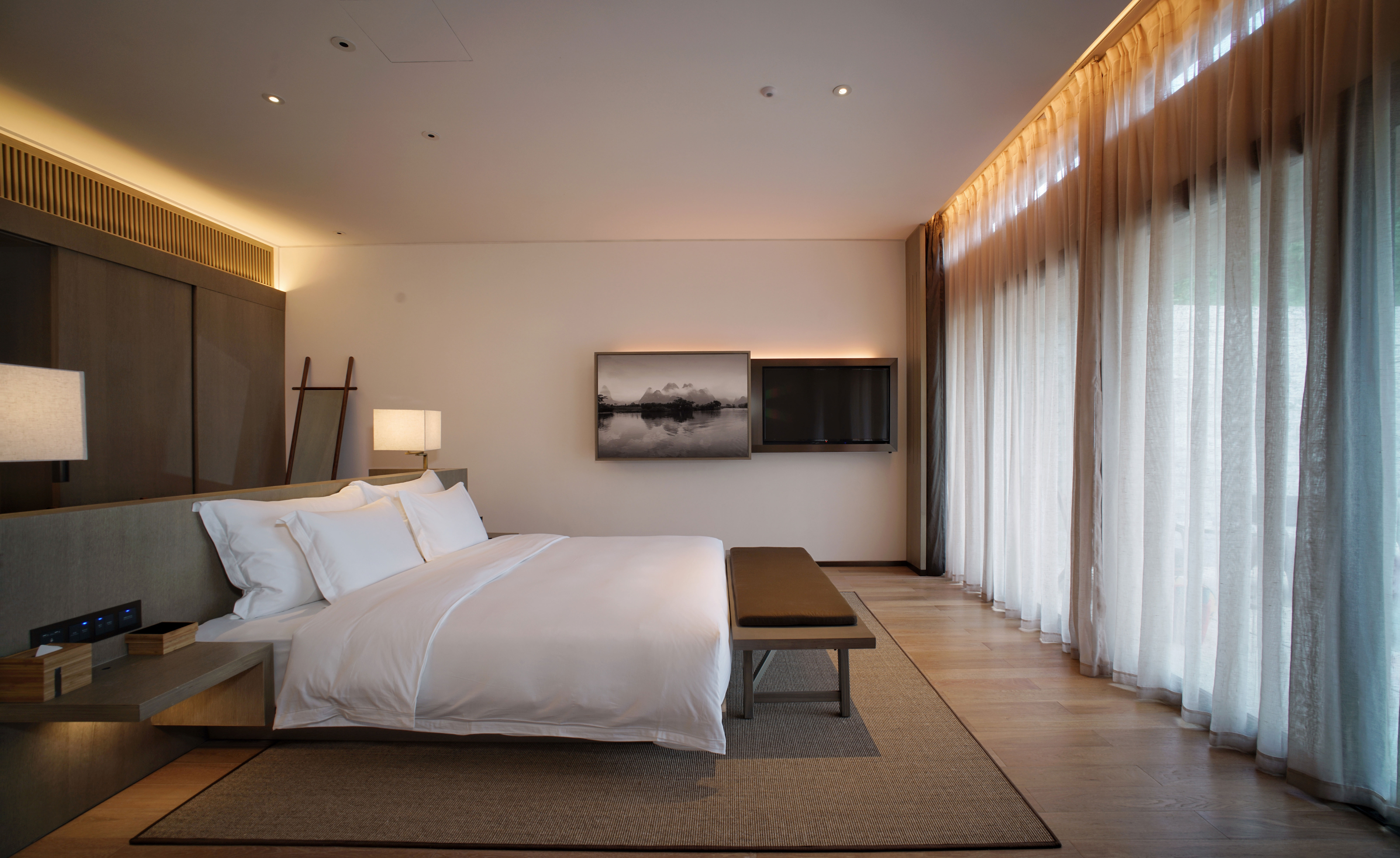
At Alila Yangshuo, a refurbished sugar mill set against the craggy Guilin hills blends local stone and bamboo to evoke the sense of exploring a karst cave
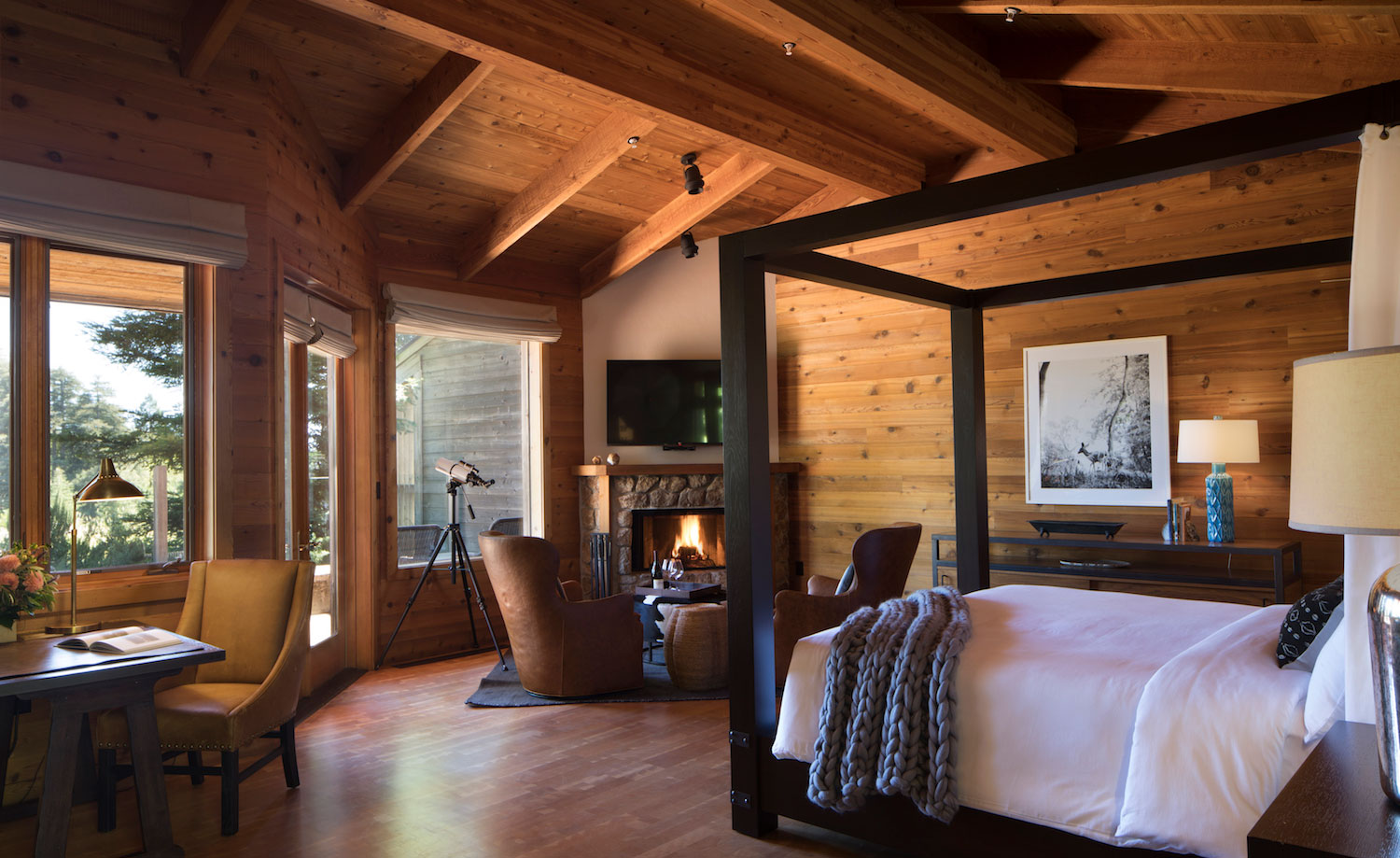
This tricky balancing act owes much to the efforts of a crack corps of experienced architects, artisans and designers that Alila has assembled over the years (pictured: Ventana Big Sur)
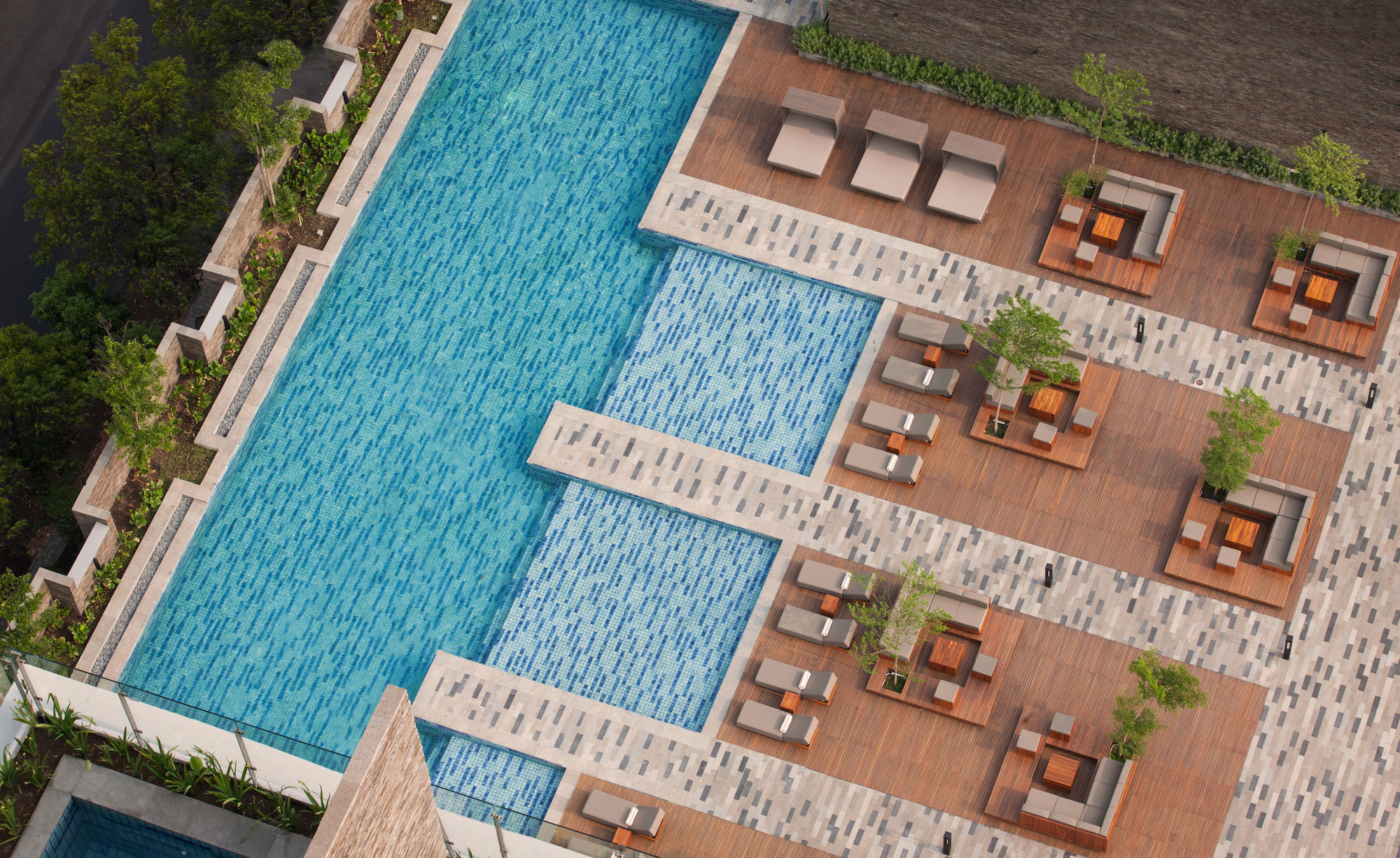
The ideal of sustainability is particularly crucial to the Alila story, not the least of which is its commitment to EarthCheck certification, minimising carbon dioxide emissions, on-site nurseries, and low-density structures (pictured: Alila Solo)
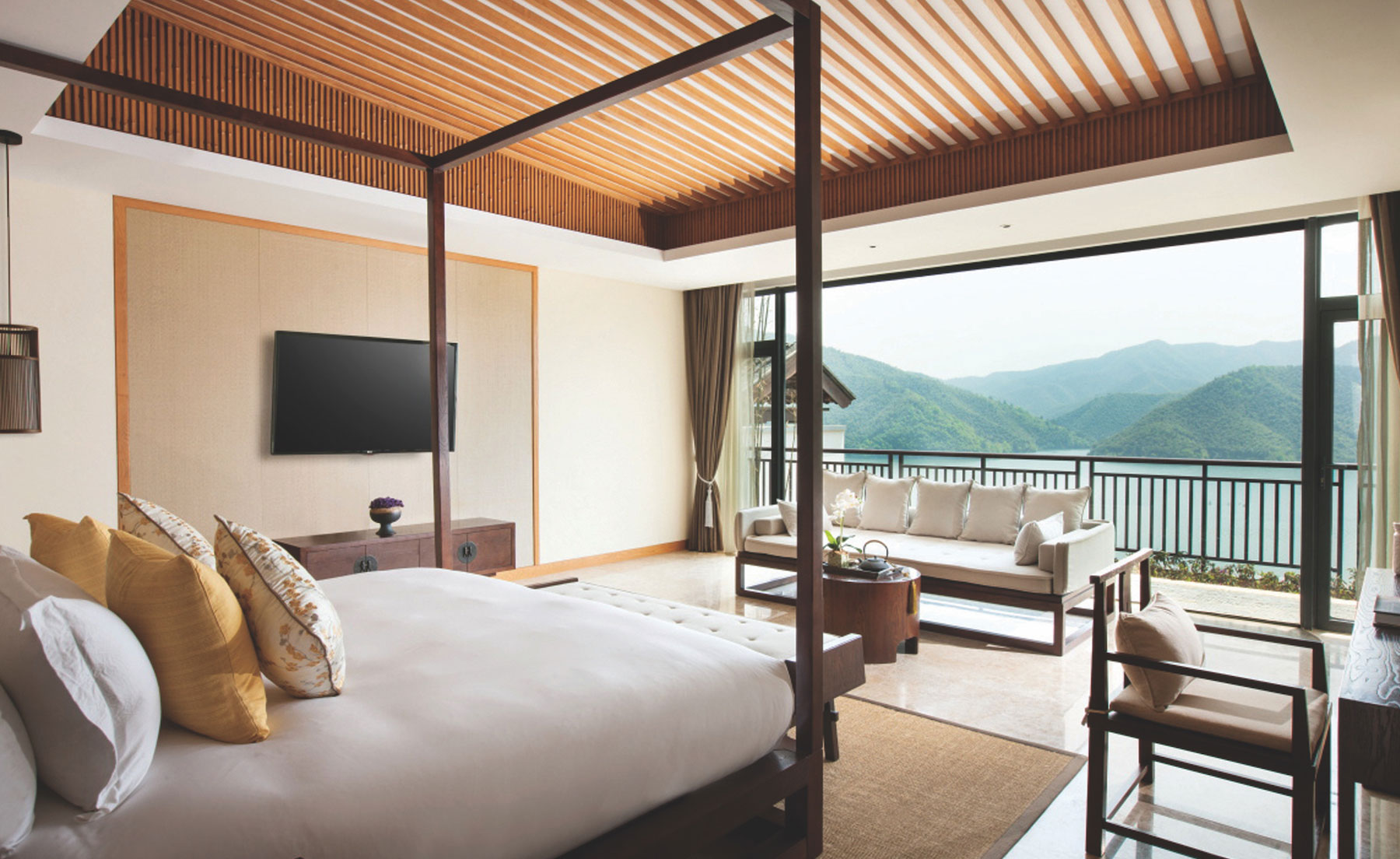
All of which adds up to a canny design approach that will serve Alila well (pictured: Alila Anji)
INFORMATION
Wallpaper* Newsletter
Receive our daily digest of inspiration, escapism and design stories from around the world direct to your inbox.
Melina Keays is the entertaining director of Wallpaper*. She has been part of the brand since the magazine’s launch in 1996, and is responsible for entertaining content across the print and digital platforms, and for Wallpaper’s creative agency Bespoke. A native Londoner, Melina takes inspiration from the whole spectrum of art and design – including film, literature, and fashion. Her work for the brand involves curating content, writing, and creative direction – conceiving luxury interior landscapes with a focus on food, drinks, and entertaining in all its forms
-
 Put these emerging artists on your radar
Put these emerging artists on your radarThis crop of six new talents is poised to shake up the art world. Get to know them now
By Tianna Williams
-
 Dining at Pyrá feels like a Mediterranean kiss on both cheeks
Dining at Pyrá feels like a Mediterranean kiss on both cheeksDesigned by House of Dré, this Lonsdale Road addition dishes up an enticing fusion of Greek and Spanish cooking
By Sofia de la Cruz
-
 Creased, crumpled: S/S 2025 menswear is about clothes that have ‘lived a life’
Creased, crumpled: S/S 2025 menswear is about clothes that have ‘lived a life’The S/S 2025 menswear collections see designers embrace the creased and the crumpled, conjuring a mood of laidback languor that ran through the season – captured here by photographer Steve Harnacke and stylist Nicola Neri for Wallpaper*
By Jack Moss
-
 This arresting new photography book is a visual mediation on daily life in Indonesia
This arresting new photography book is a visual mediation on daily life in IndonesiaWith his lens, photographer Farid Renais Ghimas explores home, memory and the spaces in between
By Sofia de la Cruz
-
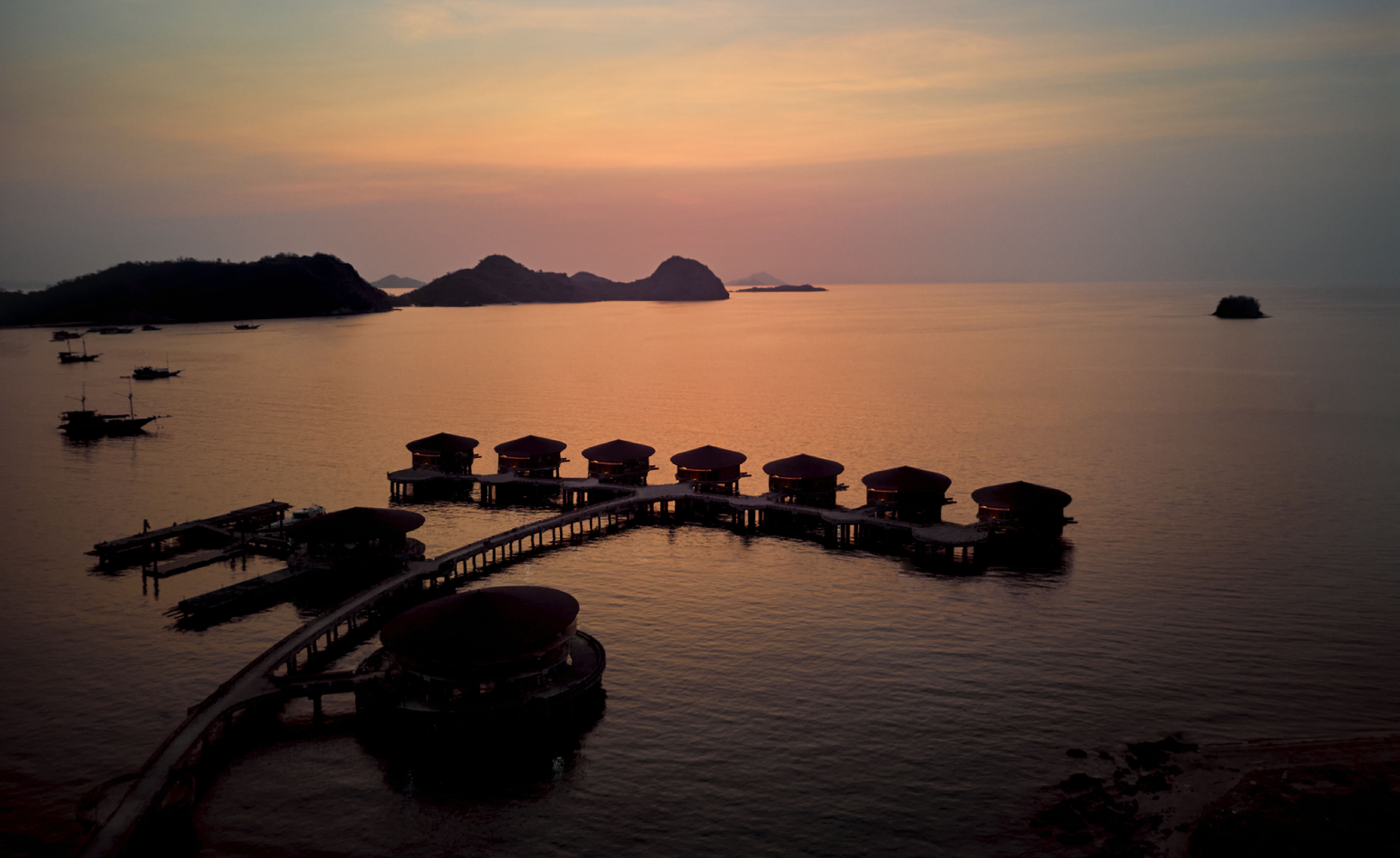 Six hotels where you’ll find the winter sun this February
Six hotels where you’ll find the winter sun this FebruaryFrom intimate seaside inns to lush tropical resorts, here are six Wallpaper*-approved winter sun escapes
By Sofia de la Cruz
-
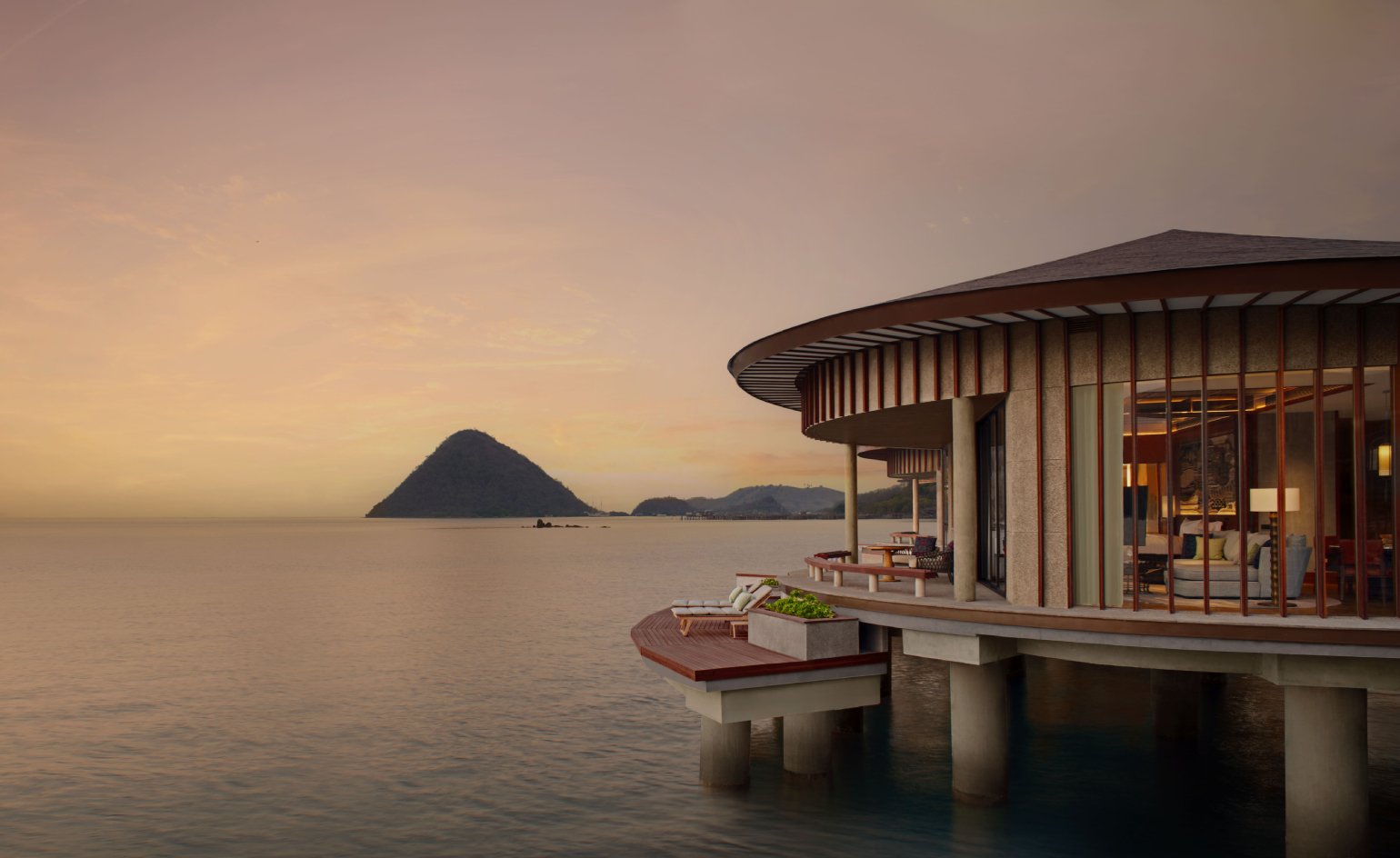 The new hotels you’ll want to stay at in 2025
The new hotels you’ll want to stay at in 2025Where to stay in 2025? Let six of the most-read-about hotel openings of the past 12 months inspire your escape – from a tiny Tokyo bolthole to a Tanzanian safari retreat
By Sofia de la Cruz
-
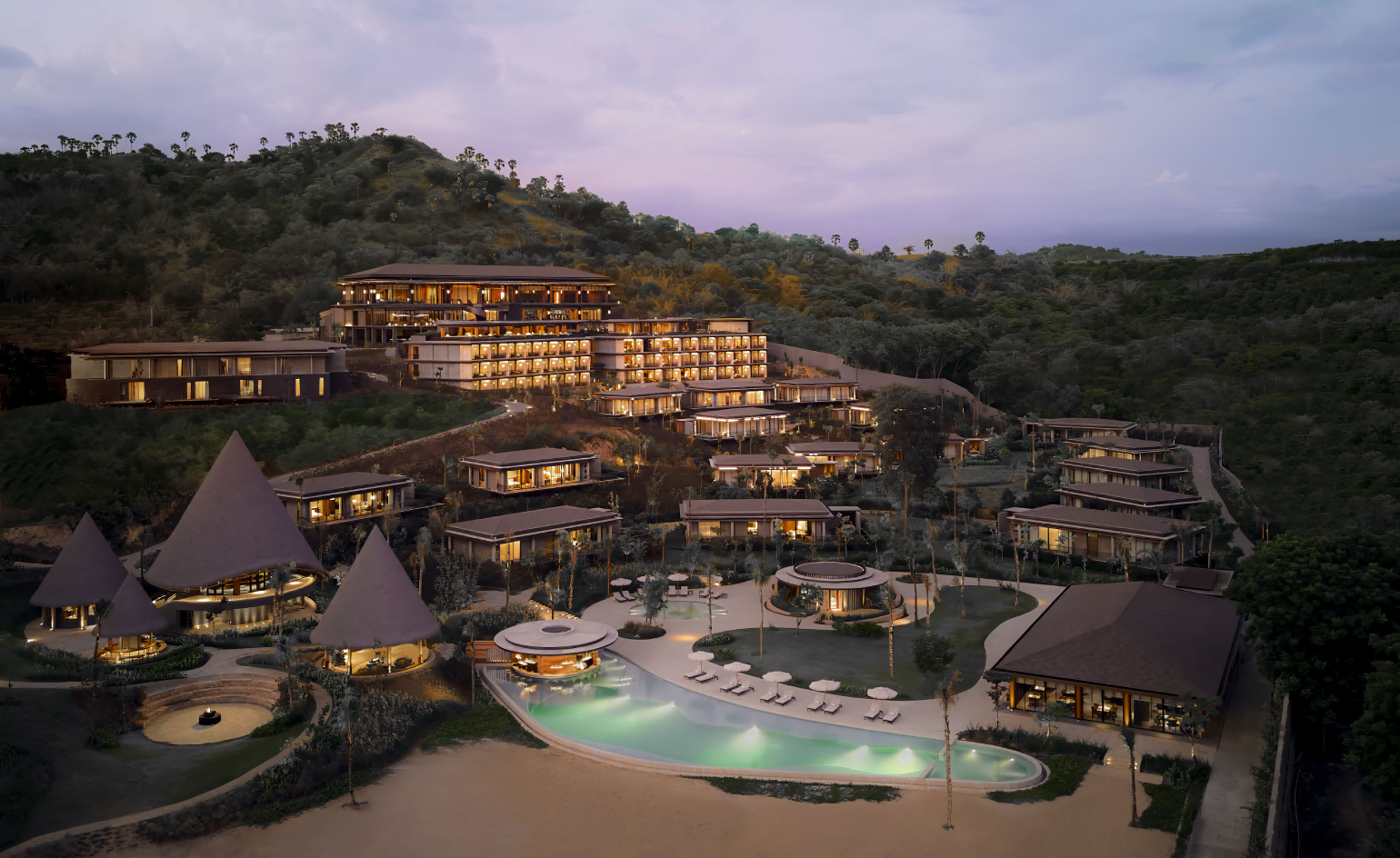 Flit to the Indonesian island of Flores and its new luxury resort
Flit to the Indonesian island of Flores and its new luxury resortTa’aktana Labuan Bajo melds an eco-conscious philosophy with local cultural influences
By Jen Paolini
-
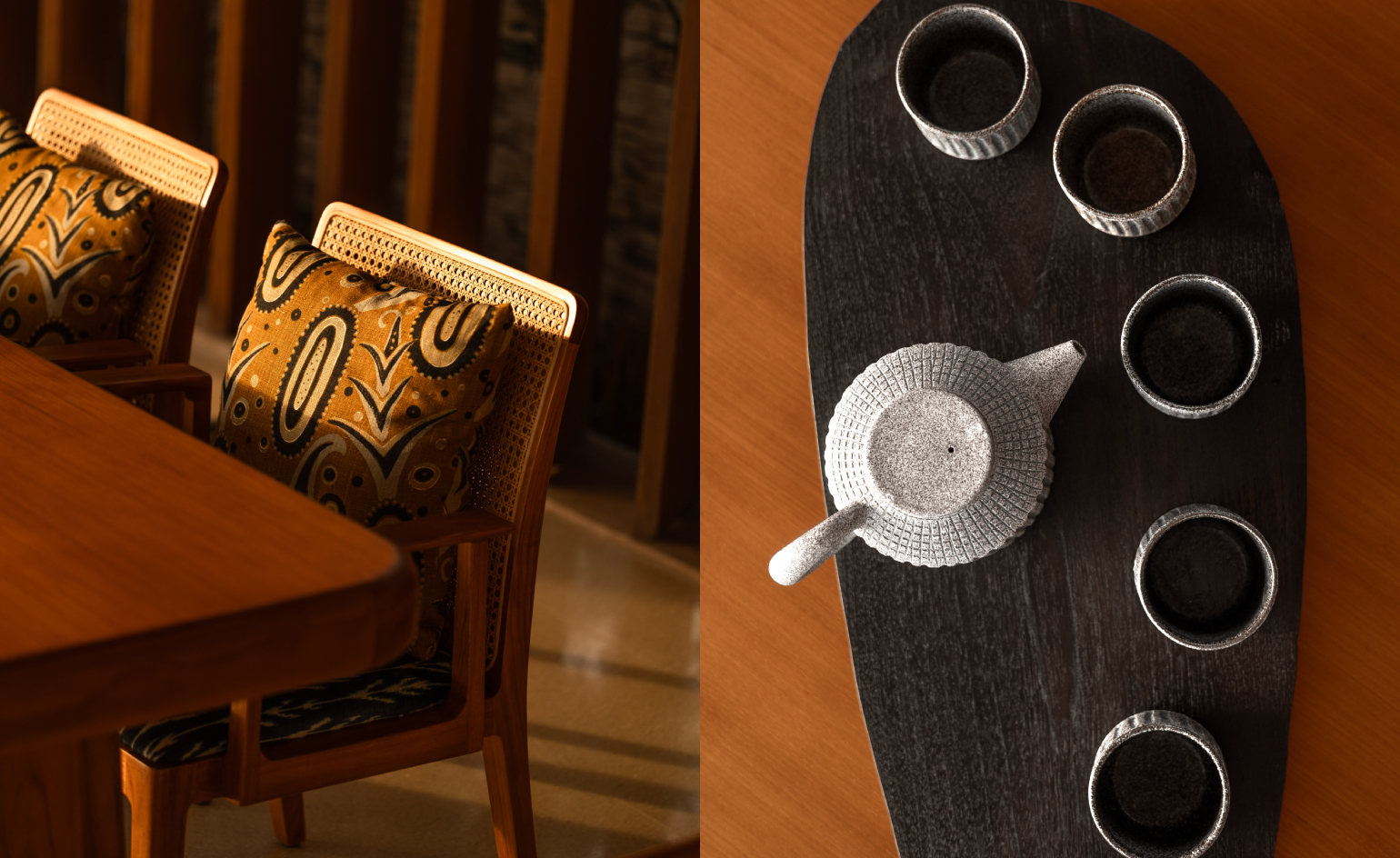 Tour Cap Karoso’s timeless villas on a lesser-known Indonesian island
Tour Cap Karoso’s timeless villas on a lesser-known Indonesian islandDescribed as a ‘modern traveller’s refuge’, Cap Karoso introduces a host of new villas on the idyllic island of Sumba
By Laura May Todd
-
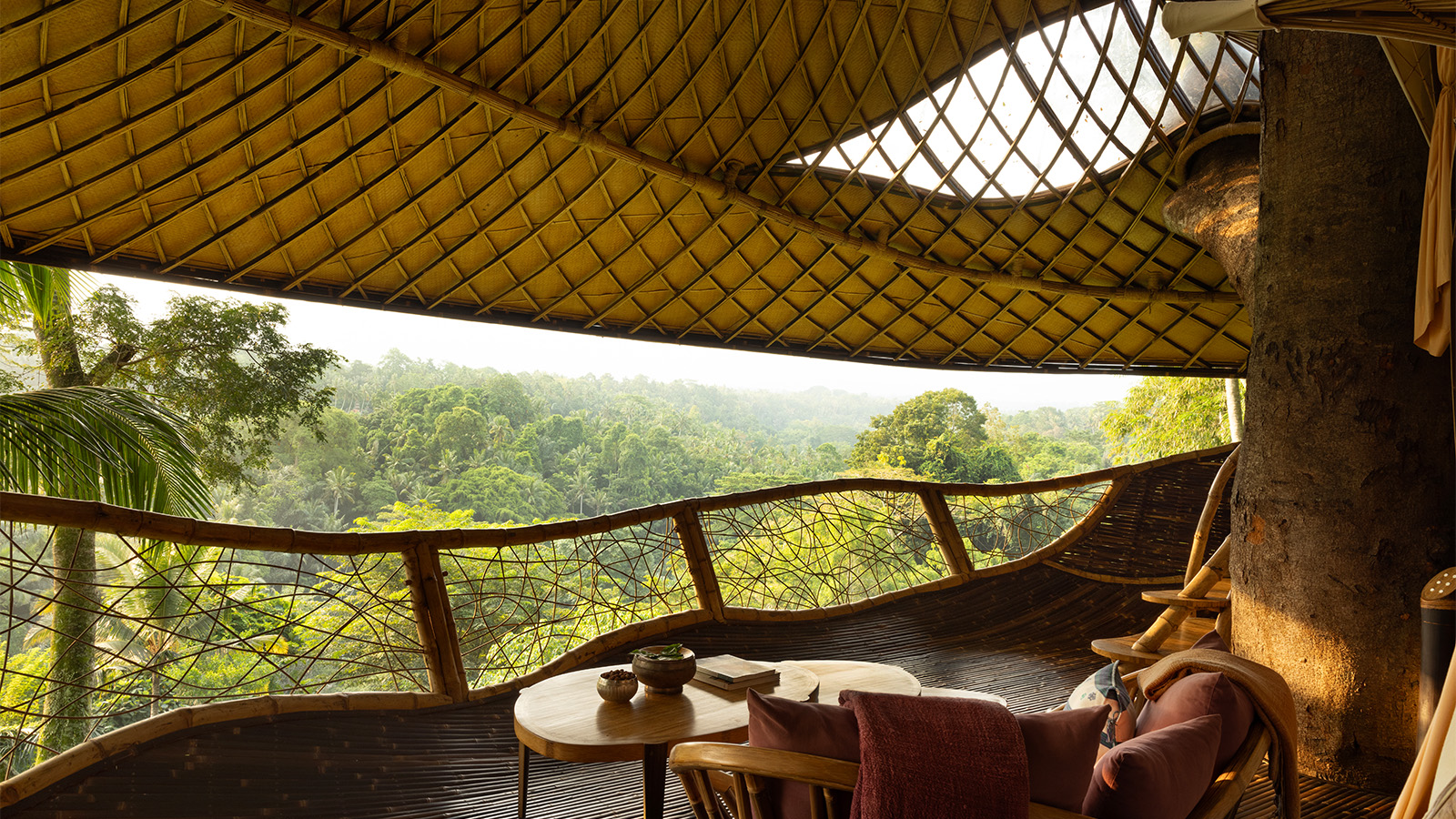 Tour Bambu Indah, a Balinese hideaway akin to the Garden of Eden
Tour Bambu Indah, a Balinese hideaway akin to the Garden of EdenBambu Indah resort offers undiscovered antique charm amongst an otherworldly jungle context
By Tianna Williams
-
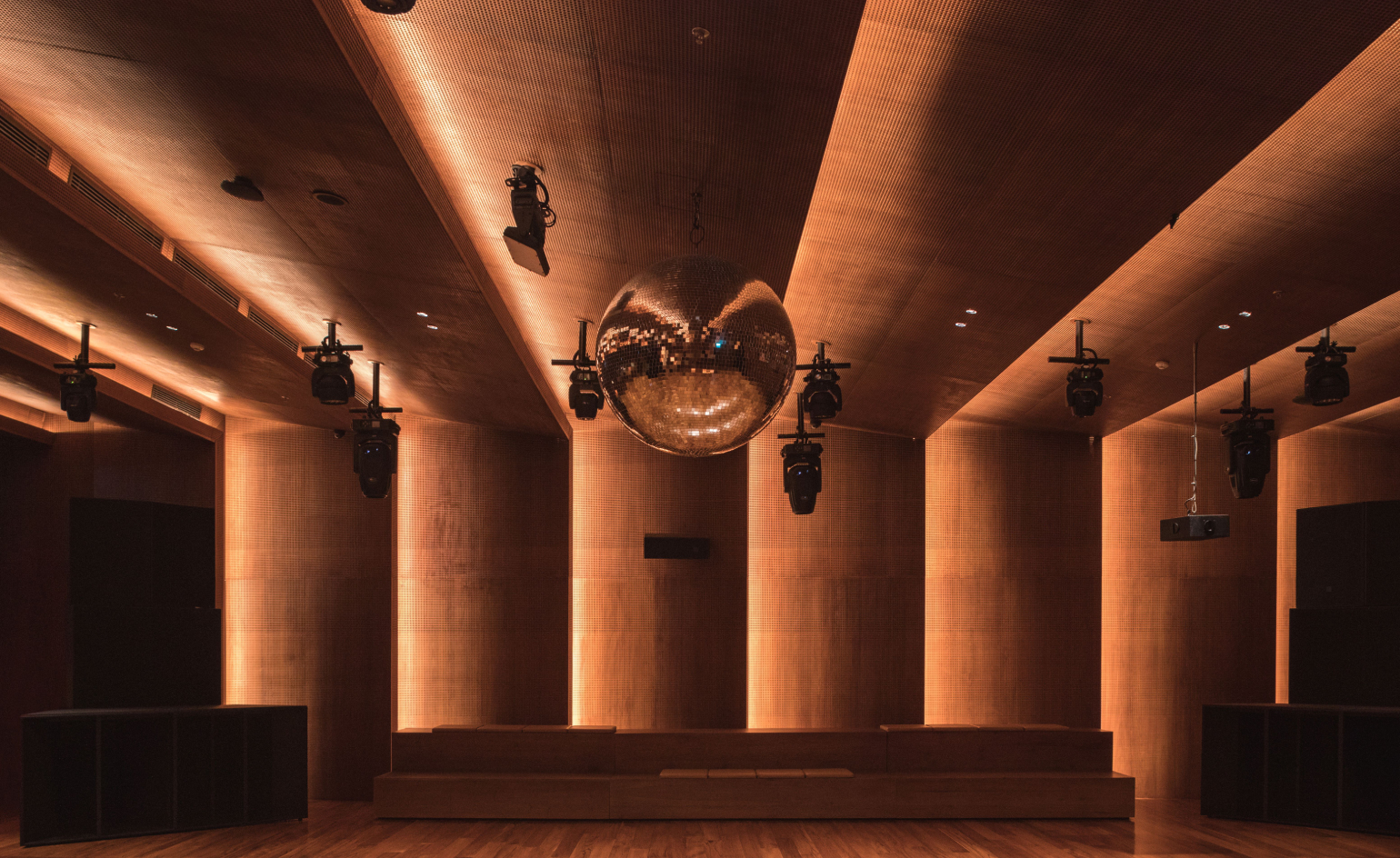 Potato Head Bali sets the tone with a new immersive nightclub space
Potato Head Bali sets the tone with a new immersive nightclub spacePotato Head Bali has collaborated with architecture studio OMA and DJ Harvey to open Klymax Discotheque
By Sofia de la Cruz
-
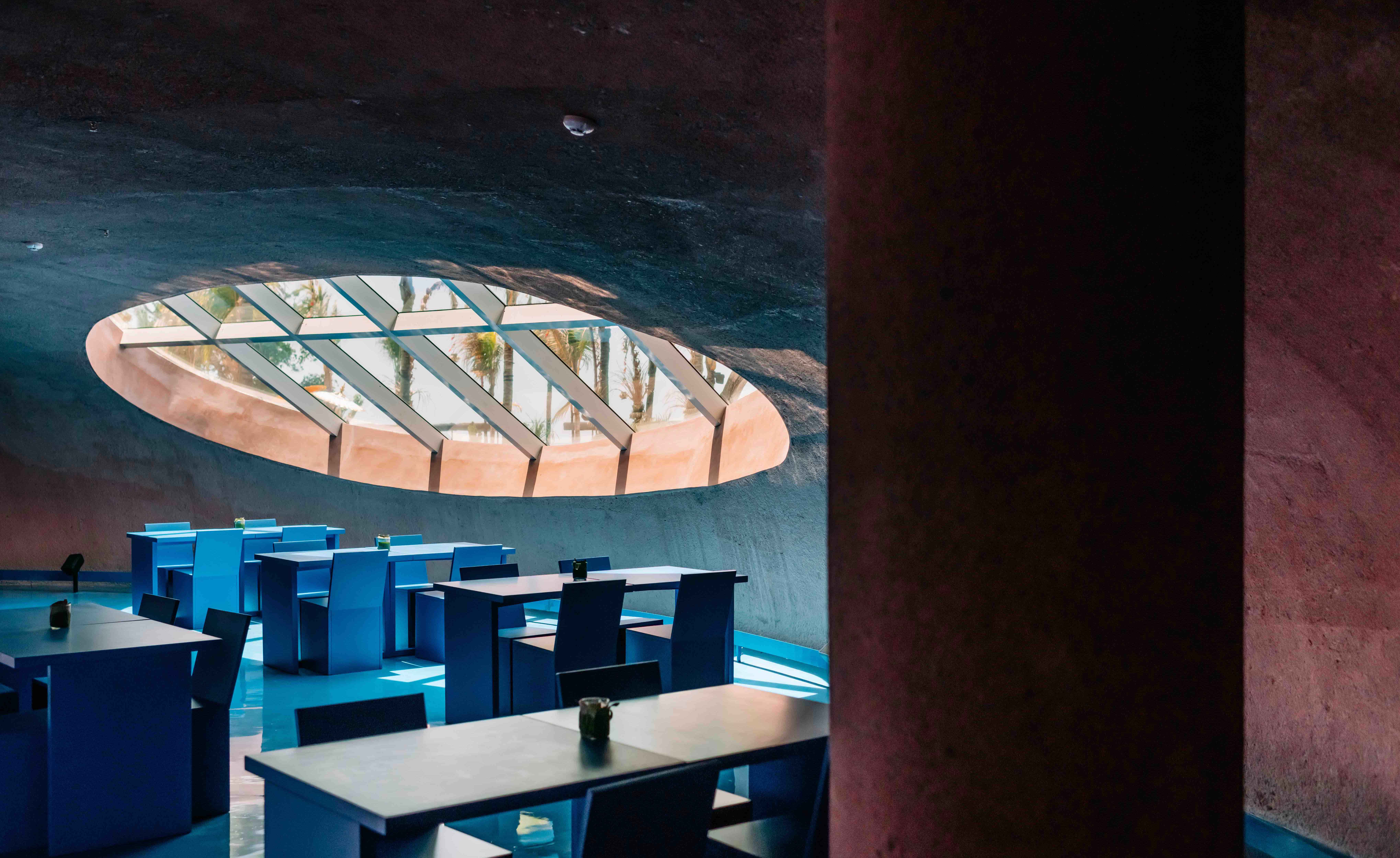 Potato Head Studios — Bali, Indonesia
Potato Head Studios — Bali, IndonesiaBy Chris Schalkx